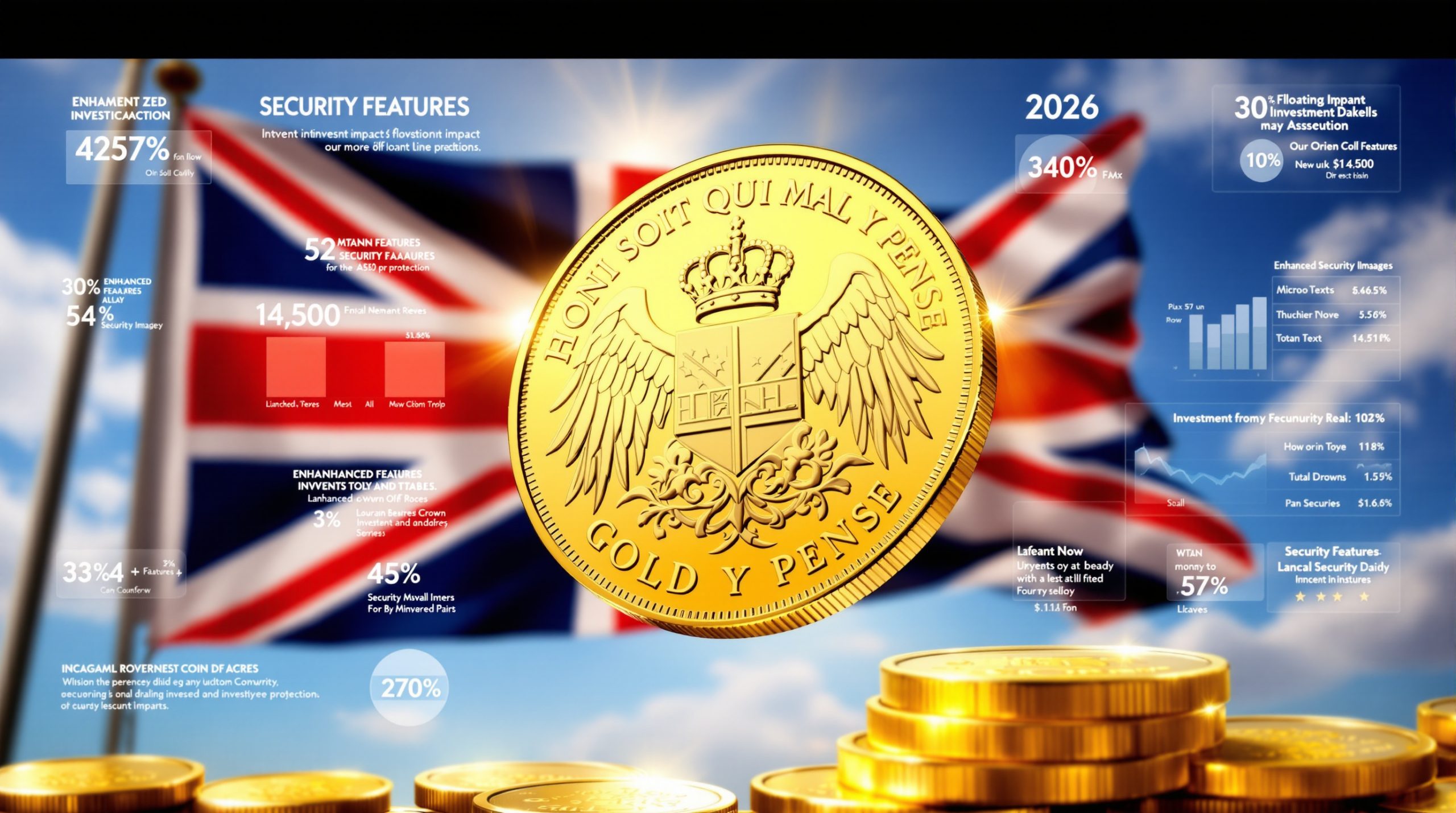The Dual Nature of Silver: Precious Metal and Industrial Commodity
Silver's Historical Role as Money
Silver's journey as a monetary standard spans an impressive timeline, functioning from approximately 3000 BC until its official demonetization in the late 19th century. This precious metal served as the backbone of economies worldwide, providing a reliable store of value across civilizations and centuries.
The United States formalized silver's monetary role with the Mint and Coinage Act of 1792, establishing a bimetallic standard that valued silver at approximately 15 times less than gold. This 15:1 ratio reflected silver's historical valuation relative to the yellow metal throughout much of recorded history.
However, silver's official monetary status came to an end under the Coinage Act of 1873, often referred to as the "Crime of '73" by silver advocates of the era. This pivotal legislation effectively demonetized silver in the United States, marking a significant transition in monetary history that would fundamentally alter silver's relationship with gold.
The Gold-Silver Ratio Through History
Since silver's demonetization, the gold-silver ratio has experienced remarkable volatility, ranging from as low as 15 to over 100. This ratio serves as a critical barometer for precious metals investors, often signaling potential market extremes and investment opportunities.
Historically, the ratio has fallen to approximately 15 during significant commodity price peaks, such as those witnessed in 1920 and 1980, as well as during gold standard periods like 1968. The ratio reached 32 during silver's dramatic spike to $50 per ounce in 2011, reflecting silver's tendency to outperform gold during precious metals bull markets.
As of recent recordings, the ratio stands at approximately 90, suggesting silver may be undervalued relative to gold by historical standards. For investors anticipating a secular bull market in precious metals, a target ratio of 15-20 would be reasonable by the cycle's conclusion, implying significant potential upside for silver relative to gold as highlighted in Macquarie's 2025 Gold Price Forecast.
How Does Investment Demand Impact Silver Prices?
Investment Demand as the Primary Price Driver
Despite silver's extensive industrial applications, its price movements predominantly follow gold's demand patterns. This creates a fascinating dynamic where investment demand, rather than industrial consumption, drives what drives silver prices on the margin.
Analysis of historical price movements reveals that silver's strongest price gains correlate directly with the strongest inventory builds in Exchange Traded Products (ETPs). Notable examples include the periods of 2009-2010, 2016, 2019, and 2020, when increased ETP investment coincided with substantial price appreciation.
Conversely, silver prices declined in 2021-2023 as investment demand decreased, despite the market experiencing record physical supply deficits. This counterintuitive behavior underscores the primacy of investment sentiment over fundamental supply-demand dynamics in determining silver's price trajectory.
The Silver ETF and Investment Vehicle Effect
The introduction and growth of Exchange Traded Products have significantly impacted silver price dynamics. Data shows that inventory changes in these investment vehicles directly correlate with price movements, creating a feedback loop between institutional investment flows and market pricing.
Years with negative ETP inventory changes, such as 2013-2015, saw consistently poor silver performance despite underlying industrial demand growth. This pattern highlights how investment sentiment can override physical supply-demand fundamentals in determining silver's price performance.
The psychological aspect of silver investment cannot be overstated; when investors grow pessimistic about precious metals generally, silver tends to underperform significantly, regardless of supply deficits or industrial growth metrics. Understanding these dynamics is crucial for navigating mining investment strategies.
Industrial Demand: A Growing Influence on Silver Prices
Current Industrial Demand Landscape
Industrial applications now account for approximately 64% of all silver demand, a significant increase from the historical average of around 50%. This shift reflects silver's growing importance in various high-tech and manufacturing processes.
Industrial demand for silver has increased for three consecutive years, with projections indicating it will reach a record 711 million ounces in 2024. This steady growth trajectory stands in contrast to the more volatile investment demand component.
The expansion of silver's industrial footprint creates a more stable demand floor for the metal, potentially reducing some of the extreme volatility that has characterized silver markets historically.
Green Energy Transition and Silver Consumption
Solar panel manufacturing represents a game-changing source of silver demand that continues to expand with global renewable energy adoption. Industry analysts project solar demand to grow by an impressive 170% to 273 million ounces by 2030, potentially representing one-fifth of all silver demand.
Electric vehicles present another significant growth vertical, requiring 1.5-2 times more silver than traditional combustion engines. Automotive industry analysts project approximately 90 million ounces will be needed for automobile production by 2025, creating another substantial and growing demand source.
These green energy applications highlight silver's critical role in decarbonisation in mining and the global energy transition, positioning it uniquely among precious metals as both a monetary asset and an essential industrial commodity for a sustainable future.
Why Industrial Demand Hasn't Driven Prices Yet
Despite impressive growth in industrial consumption, above-ground stockpiles remain plentiful, with approximately 900 million ounces in LBMA vaults and 300 million ounces in COMEX. These substantial inventories have buffered the market against physical shortages.
Higher silver prices naturally incentivize both increased production and the mobilization of existing above-ground stocks, creating a self-regulating mechanism that has prevented sustained price appreciation solely on industrial demand growth.
Additionally, more than half of all silver is mined as a byproduct of base metals (lead, zinc, copper) and gold. This production structure means that higher silver prices alone don't necessarily translate to proportionally higher supply, as extraction decisions are often driven by the economics of the primary metal being mined.
What Is the Relationship Between Gold and Silver Prices?
Silver as a Leveraged Play on Gold
Silver historically aligns more closely with gold than with industrial metals like copper, despite its significant industrial applications. This relationship creates a "leveraged play" dynamic where silver typically moves in the same direction as gold but with greater magnitude.
During secular bull markets in precious metals, silver greatly outperforms gold, sometimes by factors of 3-5x. Conversely, during secular bear markets for precious metals, such as 1980-2001 and 2011-2023, silver consistently underperforms gold, reflecting its higher volatility and risk profile.
Notable examples of gold's leadership role include 1978, 2003, 2019, and March 2024, when significant gold price movements preceded similar directional moves in silver. This pattern creates opportunities for investors to use gold's price action as a leading indicator for potential silver movements within the new commodity super cycle.
Gold Breakouts and Silver Performance
Historical analysis shows that major gold breakouts typically precede silver breakouts, establishing a recognizable sequence in precious metals bull markets. The largest silver price moves have consistently followed significant gold breakouts from multi-year resistance levels.
Gold generally leads both inflation trends and silver price movements, creating a sequential relationship where gold responds first to macroeconomic shifts, followed by silver and ultimately broader commodities as detailed in recent gold market analysis for 2024-2025.
Understanding this relationship allows investors to position themselves strategically, using gold price action as an early signal for potential silver opportunities.
The Inflation Factor
Silver demonstrably outperforms when gold breaks out upward AND inflation rates are rising simultaneously. This dual condition creates the optimal environment for silver appreciation, as both its monetary and industrial attributes are positively impacted.
In deflationary or recessionary environments, gold typically outperforms silver even during gold breakouts, reflecting gold's superior safe-haven status during economic contractions.
The 2024 market environment provided a textbook example of this dynamic, where gold significantly outperformed despite both metals breaking out, primarily because inflation wasn't increasing during the period.
Technical Analysis: When Will Silver Outperform Gold?
Current Technical Setup (as of 2024)
Gold has broken out from a 13-year cup and handle pattern to new all-time highs, establishing a clear technical breakout that historically precedes silver outperformance. This pattern completion suggests the potential beginning of a new secular bull market in precious metals.
Silver has successfully broken past 4-year resistance at the $28-30 per ounce level, clearing an important technical hurdle. However, it now faces significant supply resistance at the $35-37 per ounce zone.
Technical analysts widely believe that silver is positioned to outperform gold only after breaking decisively past the $37 per ounce level, which would signal the completion of its own multi-year consolidation pattern.
Price Resistance Levels to Watch
Gold has entered what technicians call "blue sky territory" with limited long-term resistance levels above current prices. This relatively clear path potentially allows for substantial upside before encountering significant selling pressure.
Silver, by contrast, needs to overcome the crucial $35-37 per ounce supply zone, which represents a significant technical barrier based on previous price action and potential seller concentration.
A decisive break above $37 per ounce would signal the potential for silver to outperform gold significantly, as it would indicate both technical strength and possibly accelerating investment demand.
What Makes Silver Unique Among Commodities?
Silver's Hybrid Identity
Silver stands as perhaps the most unique commodity due to its historical role as money and its current position as a vital industrial metal. This dual identity creates distinctive market dynamics not seen in other commodities, as explained in Investopedia's comprehensive overview of silver investing.
Despite industrial demand representing 64% of total consumption, silver trades primarily as a leveraged play on gold, reflecting the market's continued perception of silver as a monetary metal first and an industrial commodity second.
During gold bull markets, silver embraces its "precious metal" identity and typically outperforms significantly. Conversely, during gold bear markets, silver often behaves as a "forgotten commodity," underperforming both gold and industrial metals.
Future Outlook for Silver Prices
The emergence of a new secular gold bull market creates a promising outlook for silver, particularly given its historical tendency to outperform gold during sustained precious metals uptrends.
Accelerating industrial demand adds a novel dimension to silver's price dynamics that wasn't present in previous bull markets. This growing industrial consumption could potentially provide more robust support during periods of weak investment demand.
Despite significant growth in industrial applications, gold remains the primary driver of what drives silver prices. Investors should therefore continue to monitor gold's technical and fundamental developments as leading indicators for silver's potential performance.
FAQs About Silver Price Drivers
How does the gold-silver ratio affect investment decisions?
The historical gold-silver ratio of 15-20 serves as a potential indicator of silver's upside during bull markets. When the ratio exceeds historical norms, as with the current ratio of approximately 90, it suggests silver may be undervalued relative to gold.
Extreme readings in the ratio often signal potential turning points in the precious metals market. Historically, ratios above 80 have presented favorable entry points for silver relative to gold, while ratios below 30 have sometimes indicated silver overvaluation.
Professional investors often use ratio trades—buying silver and selling gold when the ratio is high, and reversing when the ratio is low—to capitalize on the mean-reverting tendency of this relationship, according to Money Metals Exchange analysis.
Will increasing industrial demand eventually override investment demand?
Despite growing to represent 64% of total demand, industrial consumption hasn't yet demonstrated the ability to drive prices independent of investment sentiment. This suggests that psychological factors continue to outweigh physical supply-demand dynamics.
Investment sentiment remains the primary price determinant, particularly during significant market inflection points. However, growing industrial demand may gradually reduce silver's volatility by providing a more stable consumption floor.
Industrial growth may provide increasingly significant price support during market downturns, but appears unlikely to replace investment demand as the primary price driver in the foreseeable future.
What signals a potential silver breakout?
Gold breaking to new all-time highs typically precedes significant silver breakouts, making gold's technical position a critical leading indicator for silver investors.
Rising inflation alongside gold strength creates optimal conditions for silver outperformance, as this environment activates both silver's monetary and industrial attributes positively.
Breaking through key technical resistance levels, currently the $35-37 per ounce zone, would signal the potential for a major silver price advance. Such a breakout would likely attract both technical traders and fundamental investors, potentially creating a self-reinforcing upward cycle.
How do above-ground stockpiles affect silver prices?
Approximately 1.2 billion ounces of silver in LBMA and COMEX vaults buffer the market against physical supply shortages, preventing supply deficits from immediately translating to higher prices.
Higher prices naturally mobilize stockpiled silver to meet demand, creating a self-regulating mechanism that has historically prevented sustained price appreciation solely on supply-demand fundamentals.
These substantial stockpiles help explain why physical deficits haven't translated to higher prices in recent years, despite record consumption figures. Understanding this dynamic helps investors avoid misinterpreting supply deficit figures as immediately bullish price signals.
Ready to Capitalise on the Next Silver Bull Market?
Discover timely alerts on significant ASX silver discoveries using Discovery Alert's proprietary Discovery IQ model, turning complex mineral data into actionable insights for both short-term traders and long-term investors. Explore historic discoveries and their exceptional returns at Discovery Alert's dedicated discoveries page and position yourself ahead of the market.




